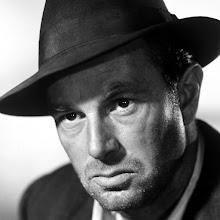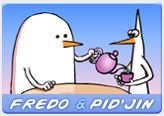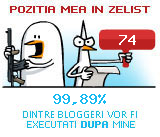In 1934, the biologist Jakob von Uexküll (1864–1944) wrote a small “picture book” that he whimsically titled A Stroll Through the Environments of Animals and Humans. While the title certainly captures the casual attitude that pervades this monograph, it belies the more radical venture that Uexküll presents in his theorization of animal life. He is interested in what it is like to be an animal and, as we shall see, it has everything to do with the reality of the environment.
This is not Uexküll’s first attempt at articulating the meaning of the environment beyond a strictly human perspective, but it is by far his most popular to date. In the foreword, Uexküll appropriately sets the stage:
The best way to begin this stroll is to set out on a sunny day through a flower-strewn meadow that is humming with insects and fluttering with butterflies, and build around every animal a soap bubble [Seifenblase] to represent its own environment [Umwelt] that is filled with the perceptions accessible to that subject alone. As soon as we ourselves step into one of these bubbles, the surrounding meadow [Umgebung] is completely transformed. Many of its colorful features disappear, others no longer belong together, new relationships are created. A new world emerges in each bubble. The reader is invited to traverse these worlds with us. (SAM, 5)
The invitation is deceptively simple: he claims that we are not heading toward a new science, but merely strolling into unfamiliar, invisible, and previously unknown worlds. With Uexküll leading the way, we are not undertaking the usual Sunday stroll. No, it may not be a new science, not nearly so ordinary and pedantic, but it is indeed something wondrous. New worlds arise before our eyes, through our sensations, in our imaginations. We are asked to step out of ourselves and into the strange environments of bees, sea anemones, dogs, ticks, bears, and many others. Uexküll’s illustrator, Georg Kriszat, even provides some illustrations to help us make the leap.
What concerns Uexküll here, as well as elsewhere in his writings, is how we can glimpse natural environments as meaningful to the animals themselves. Rather than conceiving of the world according to the parameters of our own human understanding—which, historically, has been the more prevalent approach—Uexküll asks us to rethink how we view the reality of the world as well as what it means to be an animal. So not only does he multiply the world into infinite animal environments, he also seeks to transform our understanding of the animal away from its traditional interpretation as a soulless machine, vacuous object, or dispassionate brute.
Against such positions, Uexküll proposes to understand the “life story” of each animal according to its own perceptions and actions: “We no longer regard animals as mere objects, but as subjects whose essential activity consists of perceiving and acting. We thus unlock the gates that lead to other realms, for all that a subject perceives becomes his perceptual world [Merkwelt] and all that he does, his active world [Wirkwelt]. Perceptual and active worlds together form a closed unit, the Umwelt” (6).
Brett Buchanan, Onto-Ethologies: The Animal Environments of Uexkül, Heidegger, Merleau-Ponty and Deleuze (SUNY series in Environmental Philosophy and Ethics), State University of New York Press, Albany, 2008
Despre biosemiotica, porniti de aici. Poate reusiti sa va lepadati de antropocentrism, si de tot ce inseamna el: superbie, aroganta, limitare cognitiva, nevoia de Doamne-Doamne, the arrow of time, detinerea adevarului absolut si inevitabilitatea omului ca unealta de preamarire a universului si existentei.
Tziiieee, Dooooaaamnneeeee.....
4 zile în Belgia/Anvers/Antwerp
Acum 3 ore





5 comentarii:
buna prestatia la Antena... nota 10.
neata !
Mersi :)
Multumesc mult! N-am mai verificat ce se mai scrie pe tema de prin 2006 asa ca a fost un bun reminder!
MA bucur ca ti-am (re)trezit interesul. Cartea din care citez,
Onto-Ethologies: The Animal Environments of Uexkull, Heidegger, Merleau-Ponty, and Deleuze (Suny Series in Environmental Philosophy and Ethics), by: Brett Buchanan
poate fi gasita aici
http://rapidshare.com/files/199543208/onto.rar
Mai am gasit inca una:
Neurobiology of "Umwelt": How Living Beings Perceive the World (Research and Perspectives in Neurosciences), by: A. Berthoz, Y. Christen
care poate fi descarcata de aici:
http://www.sendspace.com/file/hbt479
super!! reading hungrily!
Trimiteți un comentariu